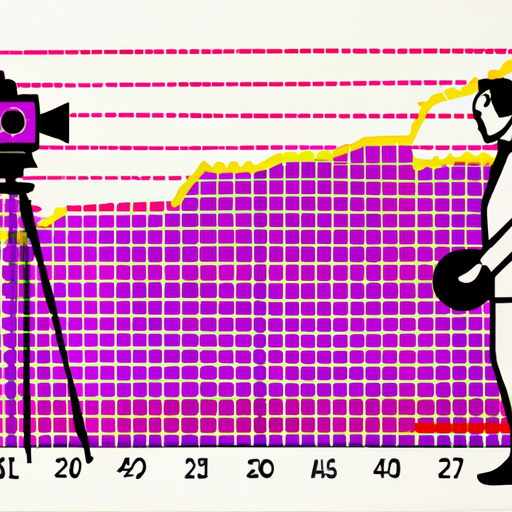
-
Table of Contents
- Infographic Illustration: Effective Data Visualization
- The Power of Infographic Illustration
- Key Principles of Infographic Illustration
- Simplicity
- Visual Hierarchy
- Consistency
- Data Accuracy
- Case Studies: Effective Infographic Illustration
- 1. The New York Times – “How Different Groups Spend Their Day”
- 2. National Geographic – “The Water We Eat”
- Conclusion
Infographic Illustration: Effective Data Visualization

Data visualization is a powerful tool that allows us to present complex information in a visually appealing and easily understandable way. Among the various forms of data visualization, infographics have gained significant popularity due to their ability to convey information quickly and effectively. In this article, we will explore the art of infographic illustration and discuss its importance in creating effective data visualizations.
The Power of Infographic Illustration
Infographic illustration combines the art of design with the science of data visualization to create visually compelling representations of information. By using a combination of graphics, charts, and text, infographics can transform complex data sets into easily digestible and engaging visuals. Here are some reasons why infographic illustration is a powerful tool for data visualization:
- Enhanced comprehension: Infographics use visual elements to simplify complex information, making it easier for viewers to understand and retain the key messages. By presenting data in a visually appealing manner, infographics can capture the attention of the audience and convey information more effectively than plain text.
- Increased engagement: Infographics are inherently engaging due to their visual nature. They can attract and hold the viewer’s attention for longer periods, increasing the chances of the message being understood and remembered. This engagement can be particularly useful when presenting data in a business or educational setting.
- Improved storytelling: Infographic illustration allows for the integration of storytelling elements into data visualization. By combining visuals, text, and design elements, infographics can tell a compelling story that resonates with the audience. This storytelling aspect helps create an emotional connection and enhances the impact of the information being presented.
Key Principles of Infographic Illustration
Creating effective infographic illustrations requires a deep understanding of design principles and data visualization techniques. Here are some key principles to consider when designing infographics:
Simplicity
Simplicity is crucial in infographic illustration. The goal is to present complex information in a clear and concise manner. Avoid cluttering the design with unnecessary elements and focus on highlighting the most important data points. Use minimalistic design techniques to create a clean and visually appealing infographic.
Visual Hierarchy
Establishing a visual hierarchy is essential to guide the viewer’s attention and emphasize the most important information. Use size, color, and placement to create a clear visual hierarchy within the infographic. Larger elements, vibrant colors, and strategic placement can help draw attention to key data points and make them stand out.
Consistency
Consistency in design elements is crucial for creating a cohesive and visually pleasing infographic. Use consistent fonts, colors, and graphic styles throughout the design to maintain a unified look. Consistency helps establish a sense of professionalism and makes the infographic easier to navigate and understand.
Data Accuracy
Infographic illustrations are only effective if the underlying data is accurate and reliable. Ensure that the data used in the infographic is up-to-date, sourced from reputable sources, and properly analyzed. Misleading or inaccurate data can undermine the credibility of the infographic and lead to misinformation.
Case Studies: Effective Infographic Illustration
Let’s explore some real-world examples of effective infographic illustration:
1. The New York Times – “How Different Groups Spend Their Day”
The New York Times created an infographic illustrating how different demographic groups spend their day. The infographic used a combination of charts, icons, and text to present the data in an engaging and informative way. The use of color-coded charts and clear headings allowed viewers to quickly understand the key takeaways from the data.
2. National Geographic – “The Water We Eat”
National Geographic created an infographic illustrating the hidden water footprint of various food products. The infographic used a combination of illustrations, icons, and text to convey the complex information. The use of vibrant colors and visually appealing illustrations helped capture the viewer’s attention and communicate the message effectively.
Conclusion
Infographic illustration is a powerful tool for effective data visualization. By combining design principles with data visualization techniques, infographics can simplify complex information, increase engagement, and enhance storytelling. When creating infographic illustrations, it is important to prioritize simplicity, establish a visual hierarchy, maintain consistency, and ensure data accuracy. Real-world examples from organizations like The New York Times and National Geographic demonstrate the effectiveness of infographic illustration in conveying information. By harnessing the power of infographic illustration, we can create visually compelling and informative data visualizations that resonate with the audience.
